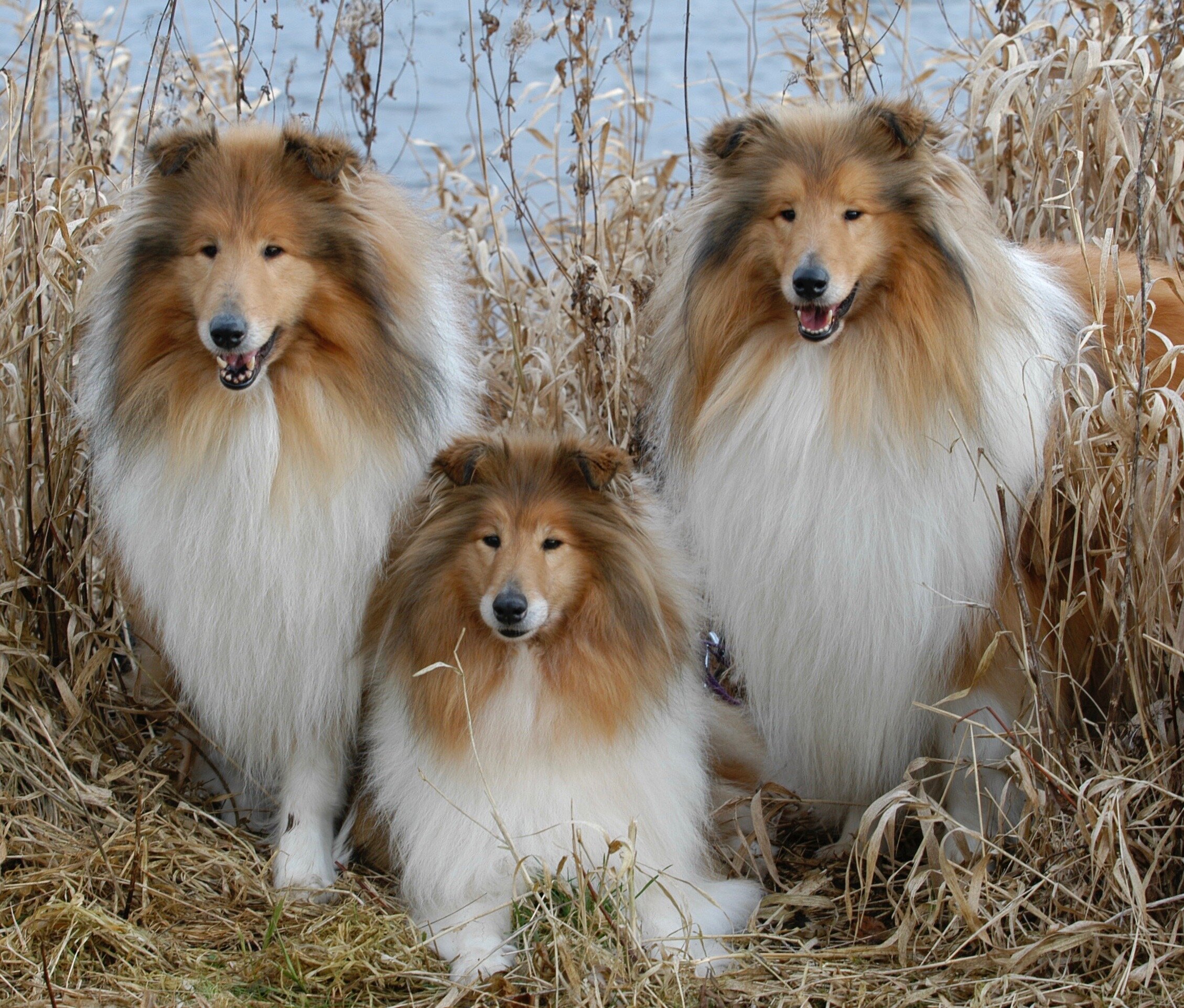
The Pupscan Project
What We Do
The Pupscan Project feasibility study began in early 2015. With the support of Orthopaedic consultants working both the veterinary and human field of medicine, the project aim was to investigate the life events that result in the disordered development of joints, particularly in the hips and elbow of dogs. The base line is to establish normal joint development as early in life as possible. Life events can have a huge impact on skeletal development as can the environment that we live in. However, the genetic aspect of development also needs to be considered.
To assist us in the field of genetics and environmental influences, a partnership was formed with the highly respected and world-renowned University College Dublin. The Irish Kennel Club, which actively promotes canine welfare, also partnered with Pupscan to help progress and improve the health and welfare of dogs.
We have observed over the research period that significant differences in the development of both hips and elbows across the differing breeds is apparent. What is more interesting is the observations between the genders. Our Observations suggest that females mature skeletally at a faster rate than the males amongst dogs. This correlation raised many questions to which we set about investigating. Firstly, we looked at one specific breed from the Pastoral group then, a second breed from the Gundog Group. The initial two sample breeds selected were mapped from birth to full skeletal maturity over a period of two years. In all cases, our hypothesis was supported that females do in fact mature faster than males within these two breeds. We then widened our investigations to many more breeds across the seven groups to support our initial findings. In identifying these differences, the age-old observations commented upon by experienced reputable breeders over the years appears to be correct. You just need to be observant at any Championship Show when the junior and graduate classes are being exhibited to see the significant differences between the young females and males.
Our findings are of benefit to both the dog and the breeder in a way that we can now incorporate new precise measurements which we are developing breed by breed. These measurements can be taken of hips and elbows at a young age to confirm normal development. The breeder therefore has as much information as possible about the joint development of each puppy within a litter, and is able to make an informed decision regarding future breeding lines.
We will all be familiar with the term ‘Dysplastic hips or elbows or both’. Well, what does it mean? In truth it means truly very little without a diagnosis. If we just stop for a moment and think about what we are to understand about ‘dysplasia’, then we might be astonished at how little we do know. Let us start at the beginning, ‘Dysplasia’ comes from the Greek meaning ‘faulty development’. What it does not say is faulty hip/elbow development. So, what is it? I will do my best to explain and give enough information to hopefully open the debate. But what it is not, is a diagnosis.
Dysplasia is an overly broad term that refers to the abnormal development of cells within tissues or organs. There are hundreds of types of Dysplasia that can lead to a wide range of conditions that involve enlarged tissue or pre-cancerous cells. Different types of dysplasia have differing risk factors, it may help to avoid some risk factors. Ectodermal dysplasia affects the skin, hair, nails and sweat glands, there are over 150 types of ectodermal dysplasia. Cervical Dysplasia is another, albeit more common condition which refers to abnormal cells at the surface of the cervix. Possibly what some of us do not know is that is it caused by the human papillomavirus (HPV) that can be prevented through vaccination. In some cases, high grade cervical dysplasia may lead to cervical cancer. Retinal Dysplasia is another form of dysplasia. An eye disease affecting the retina of animals, it is a disease and can be caused by a prenatal viral infection, herpes, parvo virus or a vitamin A deficiency. Retinal dysplasia is illustrated by fold like rosettes of the retinal tissue. I mention virus and disease, but it is important to remember that a genetic component may also be responsible in some cases, to which screening is available.
I could list hundreds of types of dysplasia that affect cells within the tissues of the body but without a true and accurate diagnosis, it would mean very little. Whatever you think, and everyone is entitled to an opinion without being told their opinion is wrong, just remember one thing, to ask the burning question when told ‘my dog has dysplasia’, WHAT IS THE DIAGNOSIS? Because we need to know.
It is not good enough anymore to accept the blanket term ‘dysplasia’ when referring to the hips or elbows. We really do need to know what the diagnosis is. For example, the hip may have an old injury displayed on X-ray for puppyhood, yet it is lumped into the ‘dysplasia’ and delivered as a diagnosis. This is clearly not acceptable simply because we are left thinking it is a genetic condition inherited from breeding lines.
If we as humans, were screened skeletally to ascertain if we had a genetic condition that could be passed by way of inherited genetics, as is suggested in dogs, to our offspring by use of a single position X-ray, `then we would all think the world had gone mad. So why do we accept it as a prescribed measure for our dogs? With humans, the intra-uterine environment and birth process often gives rise to conditions that are diagnosed soon after birth that may be entirely unrelated to the genetics of the puppy. When the amniotic sac either leaked during pregnancy or had too little fluid in which the embryo could move, resulting in abnormal (arthrogrypotic) joints. There is no evidence to suggest puppies are immune from the same processes, why in large litters are puppies any different? We are all familiar with the term ‘runt of the litter,’ is this runt sometimes the one that had too little room?
Many questions have been raised and I feel sure many more will be, but for the time being Pupscan are investigating and testing hypotheses raised. Our aim is to set the benchmark of EVIDENCE based clinical trials and findings that will result in a more robust system that can be repeated and interrogated, ensuring our dogs are not side-lined from breeding lines just because we failed to ask the question. WHAT IS THE DIAGNOSIS?
Team Pupscan.
The Pupscan Research Project began in 2015, with the aim of finding a cause/diagnosis for why the incidence of hip and elbow ‘Dysplasia’ in dogs has not reduced despite a complex scoring system. The team members CV's are impressive in a way that brings a vast wealth of experience and knowledge to the project.
* Specialist Orthopaedic Vets
* A human Consultant Surgeon with a special interest in Paediatric Orthopaedics
* Lawyer
* Experienced Breeders
PAM MACLELLAN
CEO
A breeder and exhibitor of Belgian Shepherds, Groenendael, Tervuren and Malinios. Pam runs Carlisle Canine Centre which hosts canine events including obedience, scent work, mantrailing and various agility disciplines. Pam is an experienced trainer and a member of the Kennel Club Accredited Instructors.
Pam's background is in Law, Psychology and Education.
GORDON MACLELLAN MB BS FRCS
Head of Research
A consultant Orthopedic Surgeon for the NHS from 1984 until 2010 when he continued in Private Practice. One achievement during his medical career involved research into the mechanical factors causing Osteo Arthritis which led to the development of Visco Elastic shock absorbing footwear (such as Sorbothane and Viscolas), now used throughout the world of sports and athletics.
Now enjoying his retirement, he has turned his attention to the diagnosing of hip problems in dogs.
DR PAUL KELLY MVB
Orthopaedic Vet
Paul, is based in Ratoath, Co Meath, Ireland where he runs a general veterinary practice, specialising in Orthopaedics and Traumatology UCM. He qualified as a vet at University College Dublin in 1989 and gained his orthopaedic specialist title at the University Complutense in Madrid.
SUE HOOD
Director
Sue has a long time involvement in breeding and exhibiting Irish Wolfhounds and Belgian Shepherds. Her background is in management and she looks after the day to day running of the office and is responsible for the Company Accounts.
PAUL AND JEAN LAWLESS
Breeders/Exhibitors of the Revloch Belgian Shepherds and Schipperkes in Ireland, they have bred many champions in Ireland, UK, Europe and further afield.
Both International FCI Judges across numerous groups, Paul currently sits on the Board of Directors and Health & Welfare Committee of the Irish Kennel Club while Jean is a member of the Ard Comhairle of the Irish Kennel Club.
Both are also involved in the organisation of Championship Shows.
Our Partners.
PROF ALAN FAHEY
Prof Alan G. Fahey
Associate Professor of Animal Breeding,
School of Agriculture and Food Science, University College Dublin.
DR VIV GATH
BSc Dip Computer Ed H Dip in Education MVB PhD
School of Veterinary Medicine, Veterinary Science Centre, University College Dublin.
JIM STEPHENS
BSHons Msc.CABC
Animal Behaviourist and also Chairman of the Health & Welfare Committee of the Irish Kennel Club. Jim has a Master of Science Degree in Companion Animal Behaviour Counselling from Southampton University having undertaken research in canine-human relationships and the law. He is also a Trustee and Dublin Chairman of the Charity Emily Dogs: Assistance Dogs for the Disabled.
IRISH KENNEL CLUB










